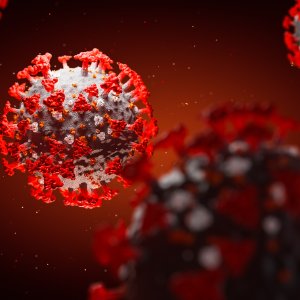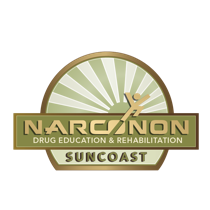New Year, New Drug-Free Life

It’s that time of year again. The time that many set aside for making new resolutions. Usually, they revolve around personal health, financial success, or finding new ways to achieve happiness. For those who have loved ones struggling with addiction, it can be a difficult moment filled with hope for the future and possibly the pain of past failures.
The Resolution to Change
Making the decision to change your life and give up addictive substances or helping a loved one to do so can be extremely challenging. This resolution is the first step on the road to all other things: good health, wealth, and finding joy in life. A successful method for helping another make a self-determined decision to change is staging an intervention.
An intervention is when a group of friends, family, or loved ones come together to confront someone who is struggling with addiction. Through good communication and focusing on solutions rather than assigning fault, it is possible to paint a clear picture for the addict so they may be able to come to terms with their situation and decide to change. Often, an experienced interventionist, such as those who work with Narconon Suncoast, can be instrumental in facilitating such a process. If you are considering scheduling an intervention, the start of a new year is a good time.
The Solution to Drugs is Not More Drugs
Facilities across the U.S. that offer “Medication-Assisted Treatment” (MAT) to address drug or alcohol use are on the rise. This means that instead of helping those in need stop using altogether, they trade out the drug being used for one offered by a medical provider that is purportedly less dangerous. Only nine percent of rehabilitation agencies used a MAT approach in 2010, with that number quadrupling over the last decade, to 36 percent of facilities in 2020, according to the most recent National Survey of Substance Abuse Treatment Services.
The New Drugs
There are three drugs currently approved by the FDA as substitute treatments.
- Methadone: A Schedule II drug, methadone has a high potential for abuse and dependency. Available by prescription from MAT treatment centers, methadone is also bought and sold on the black market and has sparked controversy regarding its usefulness in rehabilitation.
- Buprenorphine: While labeled as less addictive than methadone, buprenorphine still “produces euphoric effects similar to full opioids but to a lesser degree,” according to scientific studies, leaving the door open to continuing addiction.
- Naltrexone: Described as an opioid antagonist, naltrexone stops the opioid receptors in the brain from registering pleasure. Taking it regularly is meant to reduce the risk of overdose; if an addict takes higher doses to overcome the brain blockade, it can lead to potentially worse physical effects.
None of these alternative drugs address the reason a person turned to drugs for help in the first place. They only mask the problem.
The Old Drugs
A quick look at history shows that when it comes to MAT, the “solution” often becomes the problem. These drugs were once used to treat addiction.
- Morphine: This painkiller derived from opium was often prescribed by doctors in the early 1900s to treat alcoholics. As morphine made them quiet and withdrawn, users were considered less dangerous than loud and rowdy alcoholics. It became illegal by 1970 because of its highly addictive nature.
- Heroin: Derived from morphine, heroin was thought to be safer. Despite being discovered after morphine, it was outlawed much sooner because of how disastrous it was to human health. By 1924, heroin was illegal. By the 1960s and 70s, illicit use had become a formidable scourge across America.
- Barbiturates: Used to treat alcoholism, barbiturates became widely abused in the 1940s. By the 1970s, they were mainly replaced as a treatment due to their high risk of dependence and overdose.
Will the new drugs of today join the old drugs of yesterday? Some are already being abused.
Why Narconon Is Different
People decide to come clean every year, but not everybody makes it. Why is Narconon so different? Narconon’s success rate is staggering, often seven to eight times that of 12-step programs. Its approach is also unique. In a rehab environment that suggests that you should be taking another drug to get off the one you are currently on, Narconon uses a completely drug-free withdrawal.
Welcome the New Year with Narconon Suncoast
When you are in the throes of addiction, it can be hard to see that light at the end of the tunnel. But there is hope, and there is a way out. Thousands of Narconon students have graduated from the program and now live drug-free lives for good. If you are considering making a life-changing New Year’s resolution, let us help. Contact us today to discuss your future or to get help with an intervention for someone you love.
Reference Links:
- https://www.samhsa.gov/data/sites/default/files/reports/rpt35313/2020_NSSATS_FINAL
- https://www.fda.gov/drugs/information-drug-class/information-about-medications-opioid-use-disorder-moud
- https://www.narconon-suncoast.org/drug-rehab/drug-free-withdrawal.html


